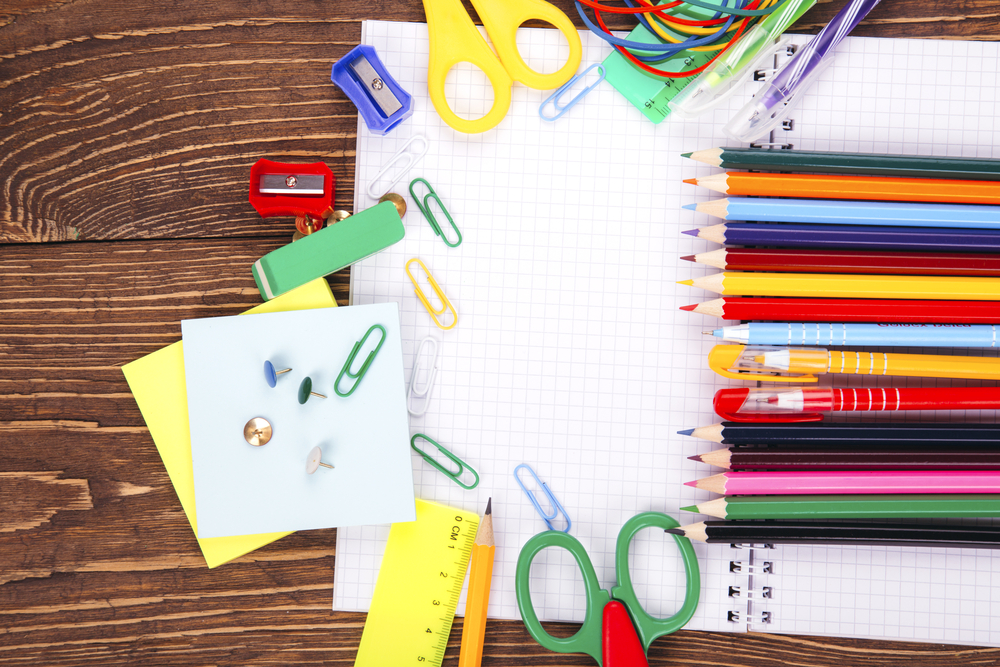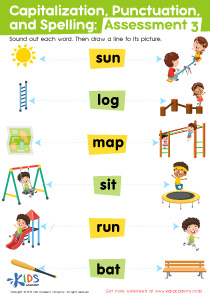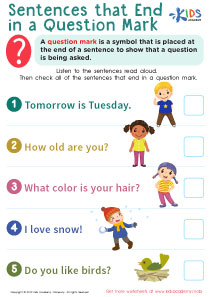Spatial awareness Writing Worksheets for Ages 3-8
3 filtered results
-
From - To
Enhance your child’s spatial awareness with our engaging writing worksheets designed for ages 3-8! Our collection provides a fun and interactive way for young learners to develop essential skills related to position, direction, and space. Each worksheet features vibrant illustrations and age-appropriate activities that encourage critical thinking and fine motor development. With a variety of exercises ranging from tracing to drawing, children will enjoy practicing while enhancing their understanding of spatial relationships. Perfect for home or classroom use, these worksheets easily integrate into any learning routine, fostering confidence and creativity in early writers. Start exploring spatial awareness today!
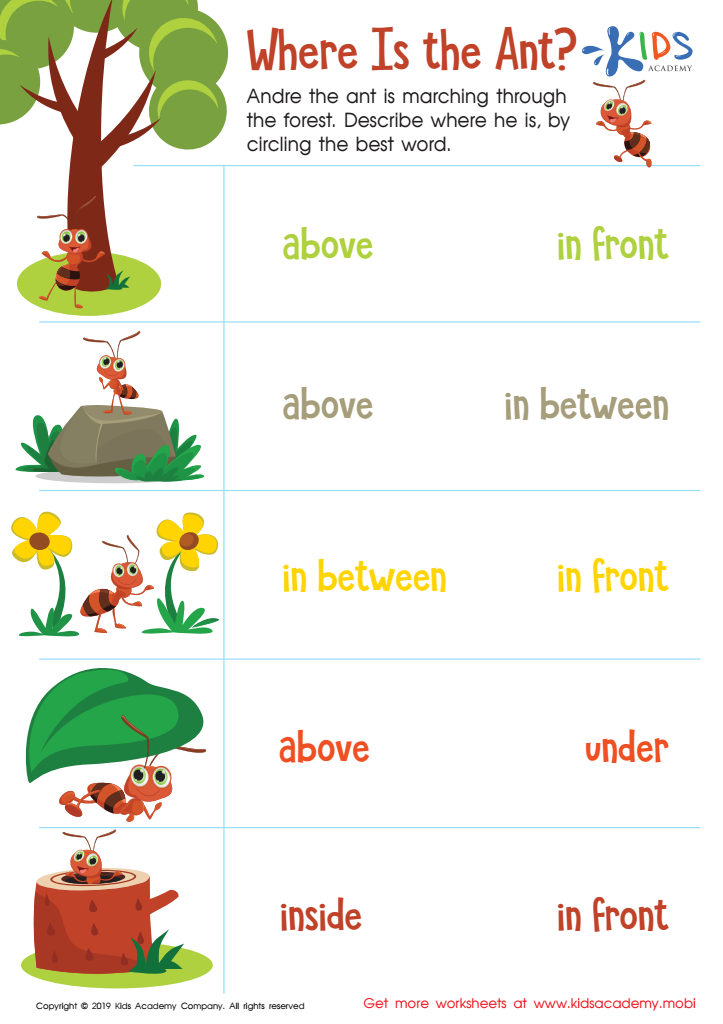

Where Is the Ant? Worksheet
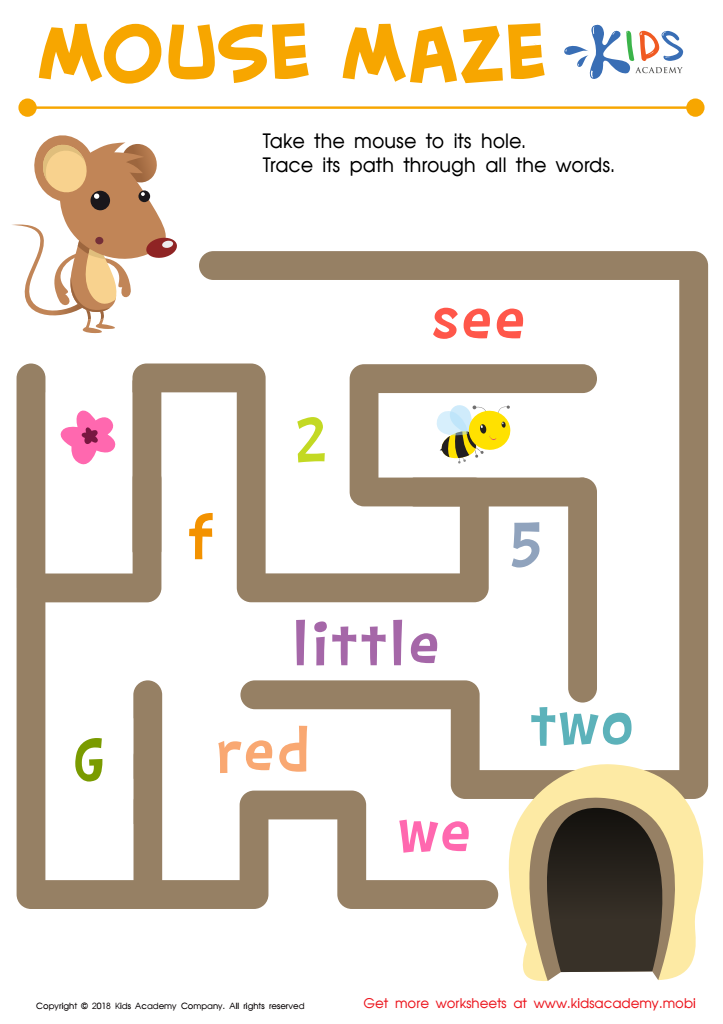

Find Words Mouse Maze Worksheet
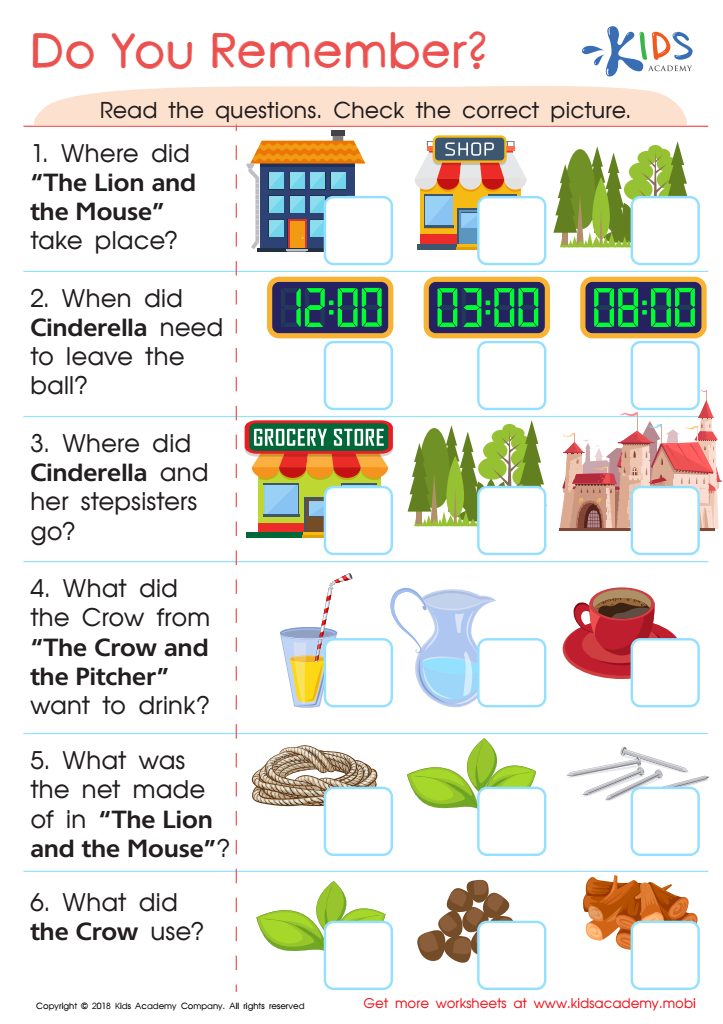

Do You Remember? Worksheet
Spatial awareness is a crucial skill that significantly impacts a child's development, particularly for children aged 3 to 8. It involves understanding how objects relate to each other in space, which is essential for everyday tasks like navigating environments and understanding directions. Parents and teachers should care about developing spatial awareness in young learners because it lays the foundation for various critical skills.
Firstly, strong spatial awareness supports literacy and numeracy. Children learn to interpret maps, graphs, and diagrams, enhancing their comprehension of abstract concepts. For example, recognizing shapes, symmetry, and patterns is foundational for math skills.
Moreover, spatial awareness is key to physical development. Activities that promote this skill, like building with blocks or engaging in movement games, improve coordination and body awareness, making children more confident in their physical abilities.
Finally, fostering spatial awareness can enhance problem-solving and critical thinking. As children learn to visualize and manipulate objects in their minds, they gain skills essential for science, engineering, and even arts.
Creating opportunities for children to explore and develop spatial awareness through play, interaction, and structured activities should be a priority for parents and teachers alike. This investment shapes well-rounded, capable individuals ready to tackle future challenges.
 Assign to My Students
Assign to My Students







